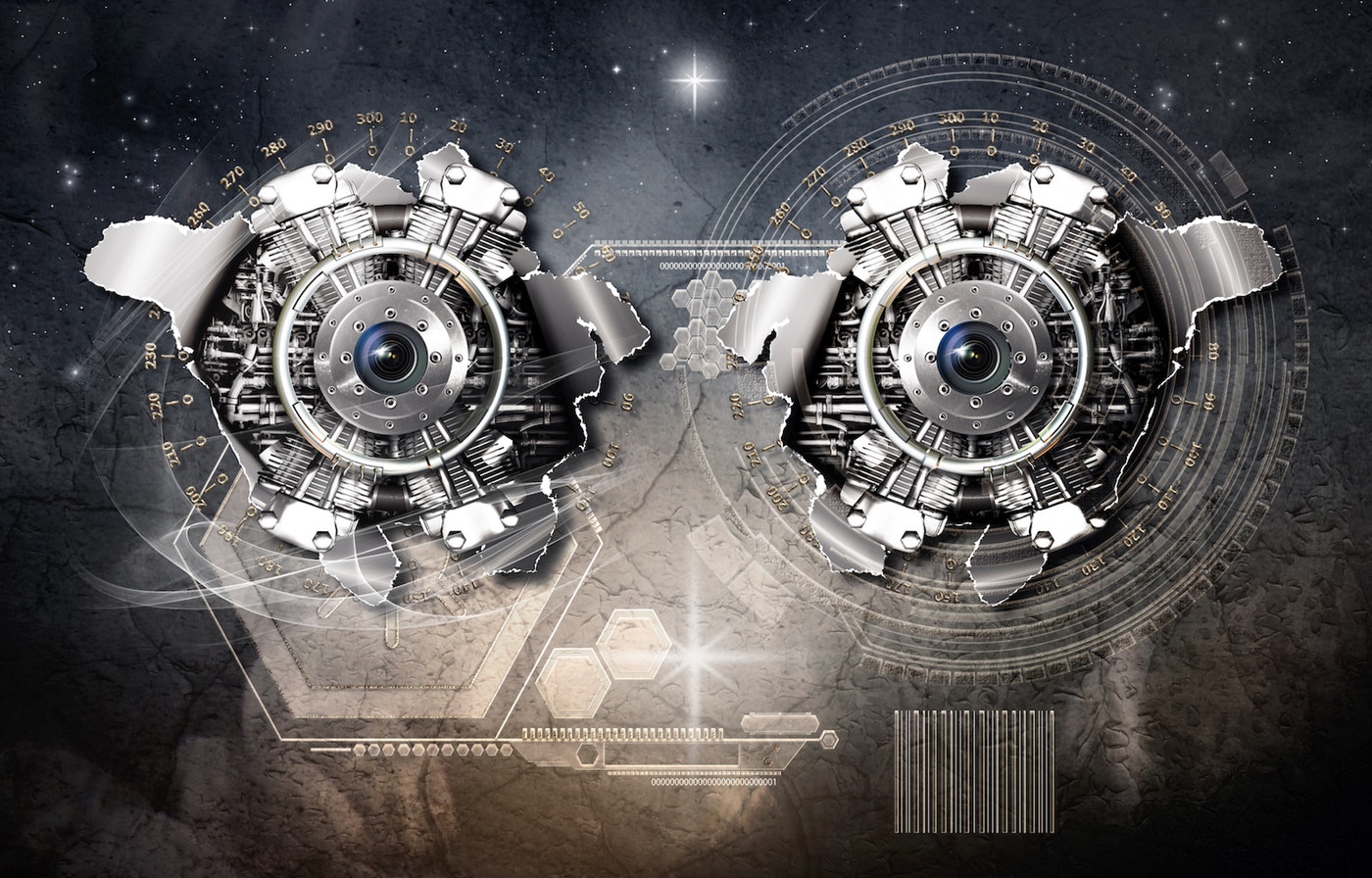
A new approach to combining Einstein’s General Theory of Relativity with quantum physics could come out of a paper published in the journal Nature Physics. The insights could help build a successful theory of quantum gravity, something that has so far eluded physicists.
Magdalena Zych from University of Queensland in Australia and Caslav Brukner from University of Vienna in Austria have devised a set of principles that compare the way objects behave as predicted by Einstein’s theory with their behaviour predicted by quantum theory.
Quantum physics has very successfully described the behaviour of tiny particles such as atoms and electrons, while relativity is very accurate for forces at cosmic scales. However, in some cases, notably gravity, the two theories produce incompatible results.
Einstein’s theory revolutionised the concept of the gravity, by showing that it was caused by curves in spacetime rather than by a force. In contrast, quantum theory has successfully shown other forces, such as magnetism, are the result of fleeting particles being exchanged between interacting objects.
The difference between the two cases throws up a surprising question: do objects attracted by electrical or magnetic forces behave the same way as when attracted by the gravity of a nearby planet?
In physics language, an object’s inertial mass and its gravitational mass are held to be the same, a property known as the Einstein equivalence principle. But, given that the two theories are so different, it is not clear that the idea still holds at the quantum level.
Zych and Brukner combined two principles to formulate the problem. From relativity they took the equation E=MC2, which holds that when objects gain more energy they become heavier. This even applies to an atom moving from a low energy level to a more excited state.
To this they added the principle of quantum superposition, which holds that particles can be smeared into more than one state at once. And since the different energy levels have different masses, then the total mass gets smeared across a range of values, too.
This prediction allowed the pair to propose tests that would tease out the quantum behaviour of gravitational acceleration.
“For example, for an object in freefall in a superposition of accelerations, quantum correlations – entanglement – would develop between the internal states of the particle and their position,” Zych explains.
“So, the particle would actually smear across space as it falls, which would violate the equivalence principle.”
As most current theories of quantum gravity predict that the equivalence principle will indeed be violated, the tests proposed by Zych and Brukner could help evaluate whether these approaches are on the right track.
Zych was inspired to tackle the problem when thinking about a variant of Einstein’s “twin paradox”. This arises as a consequence of relativity, and says that one twin travelling at high speed will age more slowly than the other, who remains stationary.
Instead, Zych imagined kind of quantum conjoined twins, built from the quantum superposition of two different energy states – and therefore two superposed masses.
“It was surprising to find these corners of quantum physics that have not been explored before,” Zych says.
She estimates the difference caused by the quantum behaviour of an atom interacting with a visible wavelength laser would be around one part in 1011.
An Italian group has already begun work on such experiments and found no deviation from the equivalence principle up to one part in 109.
If Einstein’s work does turn out to be violated, it could have consequences for the use of quantum systems as very precise atomic clocks.
“If the Einstein principle was violated only as allowed in classical physics, clocks could fail to be time-dilated, as predicted by relativity,” says Zych.
“But if it is violated as allowed in quantum theory, clocks would generically cease to be clocks at all.”

